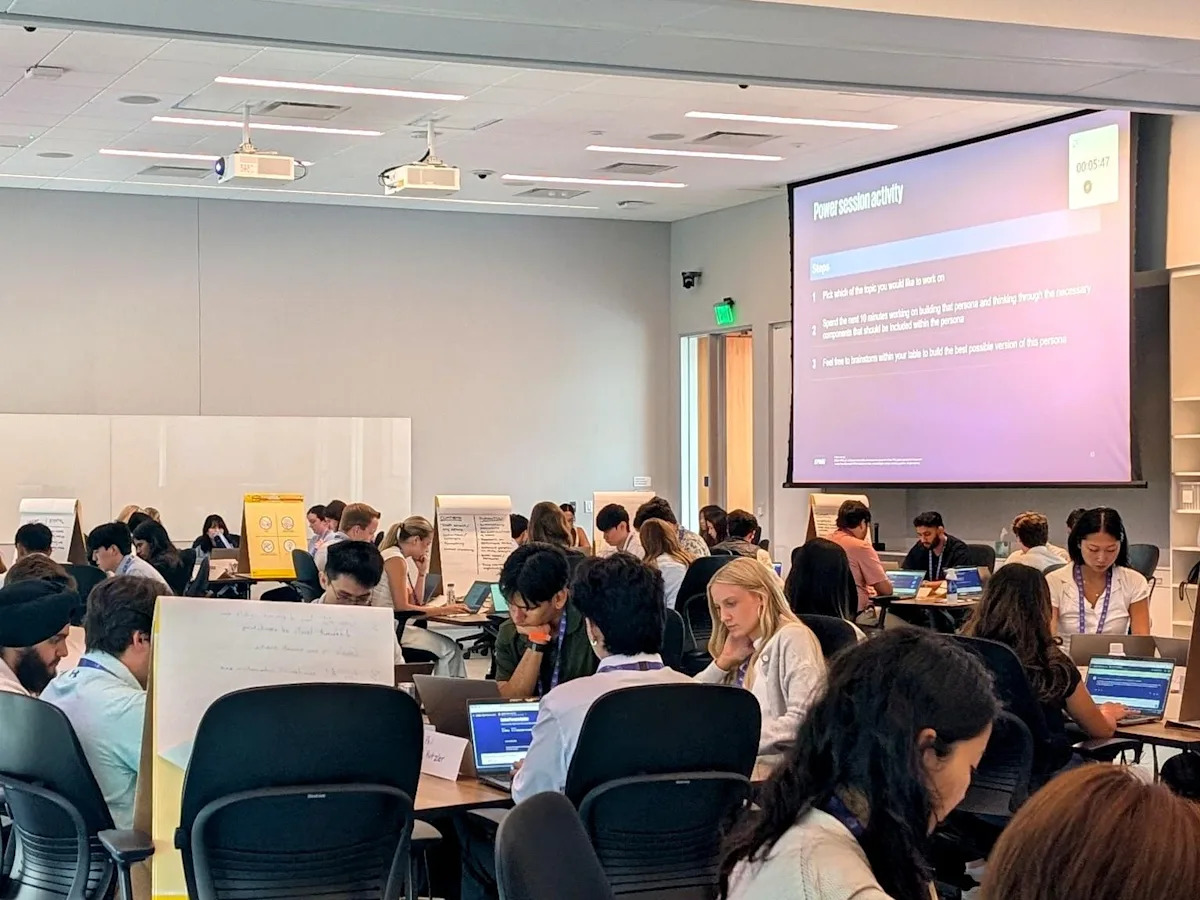The rise of artificial intelligence (AI) has prompted businesses worldwide to invest in upskilling their workforce. KPMG, a global leader in consulting, is no exception. I recently attended an AI training session for KPMG interns at their state-of-the-art Lakehouse training facility in Florida. What I witnessed was a surprisingly straightforward approach to AI education, reminiscent of the foundational principles taught in journalism school. This article delves into the key takeaways from that session, highlighting how KPMG is equipping its new generation of workers with the tools to navigate the AI landscape.
The training emphasized practical prompting techniques, ethical considerations, and the importance of clear communication with AI. These elements, while seemingly basic, are crucial for harnessing the full potential of AI in professional settings. This article will explore the five prompting techniques taught, the ethical guidelines emphasized, and the overall learning environment fostered at KPMG’s Lakehouse. Ultimately, it reveals that mastering AI is less about technical prowess and more about effective communication and critical thinking.
Inside KPMG’s Lakehouse Training Facility
KPMG’s Lakehouse in Lake Nona, Florida, is a sprawling training facility designed to foster collaboration and innovation. During my two-day visit, I observed 90 tax interns participating in an AI training session. The classroom setup encouraged participation, with circular tables promoting group discussions. The environment was intentionally designed to eliminate the traditional “front row,” ensuring every intern felt engaged and empowered to contribute.
The training session commenced with an inquiry into the interns’ existing AI usage. The overwhelming majority admitted to directly typing into AI interfaces without a structured approach. This prompted the instructors to introduce five key prompting techniques, aiming to refine the interns’ interactions with AI models for optimal output. These techniques are designed to help users elicit more relevant, accurate, and insightful responses from AI.
Five Key Prompting Techniques for Effective AI Interaction
The KPMG training highlighted five essential prompting techniques:
- Chunking: Breaking down complex prompts into smaller, more manageable requests.
- Few-shot prompting: Providing AI with a few examples to guide its response.
- Iterative question refinement: Refining questions based on previous AI responses to achieve greater precision.
- Chain of thought prompting: Requesting AI to provide a step-by-step breakdown of its reasoning process.
- Flipped interaction prompting: Asking AI to pose questions to stimulate new ideas and perspectives.
These techniques cater to diverse tasks. “Chain of thought” prompting promotes transparency by revealing the AI’s methodology, crucial for tax professionals verifying accuracy. “Flipped interaction” prompts are valuable for client profiling and personalized advice.
Echoes of Journalism School: Communication is Key
The two-hour training extended beyond prompting techniques, covering KPMG’s AI tool for tax, Digital Gateway, AI personas, hallucination mitigation, and ethical AI principles. Notably, the session emphasized adapting communication to the AI tool based on the target audience. This resonated with my journalism background, where effective communication hinges on asking insightful questions.
The training emphasized that providing AI tools with the right detail and tone for their target audience is paramount. Just as the success of an interview depends on the quality of the questions posed, the efficacy of AI interaction hinges on clear and well-structured prompts. By carefully considering how information is communicated to AI, users can unlock more valuable outcomes.
AI in Action: From Interns to Senior Employees
The intern training focused on AI applications like drafting emails and creating slide decks. While not advanced, these exercises provided a foundation for understanding AI’s potential. Senior employees, however, leverage AI for industry research and preliminary audit memos. They provide AI with client documentation, auditing standards, and accounting principles, instructing it to generate memos outlining the relevant aspects of the accounting standard.
Becky Sproul, a KPMG audit partner, noted that AI can bring tax professionals “80% of the way there” in preliminary tasks. KPMG is also developing AI agents that function as team members, using engagement metrics to encourage AI adoption. Other Big Four firms, including Deloitte, EY, and PwC, have also deployed agentic AI platforms, heralding them as transformative for workforce productivity.
Simple Methods, Transformative Results
The simplicity of the teaching methods underscored that learning AI doesn’t require complexity. Despite exploring transformative technology, interns still utilized cardboard flipboards for brainstorming. The session also included a “wellness break” led by the Lakehouse’s on-site gym, encouraging interns to stretch and practice breathwork, reminding them to disconnect from screens.
While interns may have joked about the wellness break, it served as a vital reminder to prioritize well-being in the age of AI. The focus on traditional teaching methods, combined with mindfulness practices, highlights KPMG’s holistic approach to AI education. It acknowledges that technological proficiency is enhanced by critical thinking, effective communication, and a balanced lifestyle.
Final Thoughts: Upskilling for the AI Era
My time at KPMG’s Lakehouse revealed that upskilling for the AI era doesn’t demand intricate technical knowledge. Instead, it emphasizes foundational skills like clear communication, ethical awareness, and critical thinking. The five prompting techniques, coupled with ethical guidelines and a focus on well-being, empower KPMG’s workforce to leverage AI effectively.
As AI continues to reshape industries, KPMG’s approach to training provides valuable insights. By prioritizing fundamental skills and fostering a collaborative learning environment, KPMG is preparing its employees to not only use AI but to harness its full potential responsibly and ethically. The future of AI integration in the workplace hinges on these principles, ensuring that technology enhances human capabilities rather than replacing them.

Leave a Reply